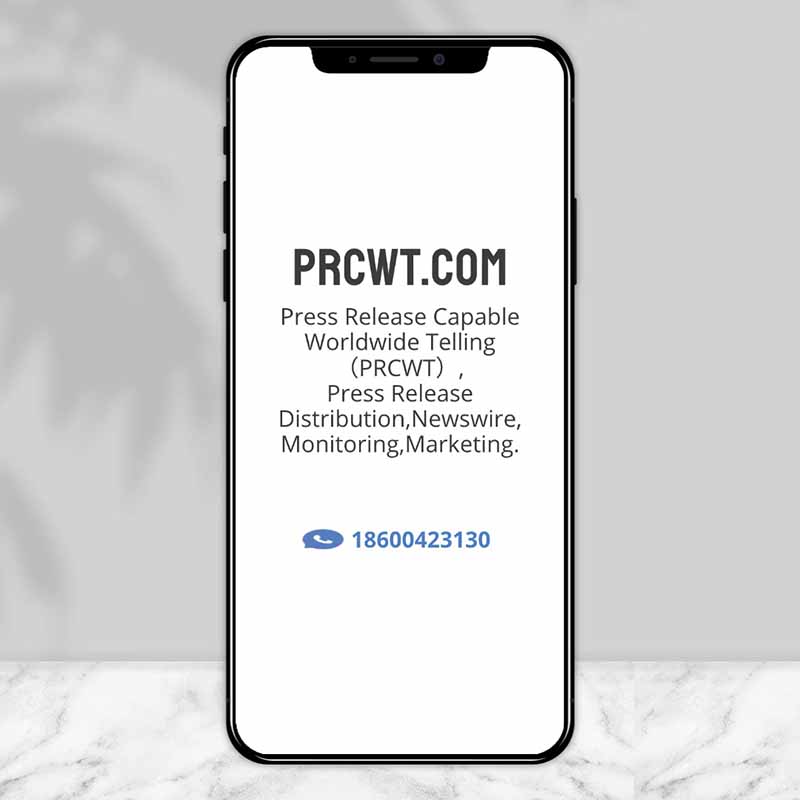Media monitoring has become an essential aspect of the modern communication landscape. It involves the systematic tracking and analysis of various media sources to gather information and insights. This process allows businesses, organizations, and individuals to stay informed about what is being said about them in the public domain.
In today's digital age, the volume and diversity of media content have exploded. Traditional media such as newspapers, television, and radio are now joined by a plethora of online platforms, social media networks, and blogs. This has made it more challenging than ever to monitor and manage media coverage effectively.
However, with the right tools and strategies, media monitoring can provide valuable intelligence. It can help identify emerging trends, detect potential risks, and measure the impact of communication efforts. By understanding how the media perceives them, organizations can make informed decisions and take appropriate actions.
For example, a company launching a new product can use media monitoring to assess the initial public reaction and adjust its marketing strategy accordingly. Politicians can use it to monitor the sentiment towards their policies and respond to any negative feedback. Non-profit organizations can gain insights into public awareness and support for their causes.

Moreover, media monitoring is not just about reacting to what is being said. It also offers an opportunity to proactively shape the narrative. By engaging with the media and providing accurate and timely information, organizations can influence how their story is told.
In conclusion, media monitoring is a powerful tool that can provide valuable insights and help organizations navigate the complex world of communication. By staying on top of media trends and managing their reputation effectively, they can build stronger relationships with their stakeholders and achieve their goals.
